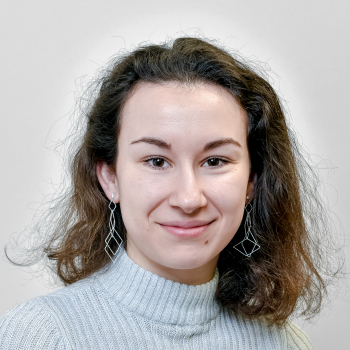MEMBRAMICS – Cellular & membrane dynamics in stress response
Our research team is devoted to understand how mammalian cells mobilize organelles, endomembrane-based signaling platforms, and the autophagic machinery to adapt to various stress scenarios and external stimuli.
Mammalian intracellular compartments are pivotal cellular elements in the cell health maintenance. The autophagy pathway, predominantly activated during response to stress, safeguards cell homeostasis, supports metabolism, and defends against aging-related changes. Studying autophagy's interplay with organelles and cellular structures like mitochondria, endosomes, or primary cilium highlights the essential role of the endomembrane network in stress sensing and homeostasis maintenance across various mammalian cells and organs.
Our lab is focused on understanding the cellular and molecular mechanisms that regulate the endomembranes mobilization and their partnership with autophagic system during stress responses and challenging situations, such as nutrient fluctuations, mechanical forces, infections or exposure to solar UV.
Our research is structured into three interrelated and intertwined axes:
- Organelles coordination and membrane dynamics in autophagic responses to cellular stress (Etienne Morel, INSERM DR2, group-leader)
- Investigate the significance of organelle contact-sites, phosphoinositides metabolism, lipid transfer and cytoskeletons in autophagy.
- Emphasize the role of endosomal subpopulations as membrane reservoirs for stress response and acute membrane delivery.
- Regulation of the autophagic machinery and plasma membrane homeostasis by mechanical stress in physiology and pathology (Aurore Claude-Taupin, INSERM CRCN)
- Examine primary cilium, plasma membrane repair systems and autophagy's synergy in cell-to-cell communication in renal biology.
- Understand how plasma membrane stress can mobilize the endosomal arsenal and regulate autophagy in cancer progression.
- Endomembranes Biology and organelles’ strategy in response to UV stress and photoprotection
(Cédric Delevoye, INSERM DR2)
- Decipher the biology of pigment organelles in skin cells, from endomembrane dynamics to DNA photoprotection.
- Investigate the response of skin cells and its endomembrane system to UV stress in physiology and skin pigmentary disorders.
Our research strives to answer fundamental questions related to cellular homeostasis maintenance. The team aims to understand how cellular components coordinate and adapt to stress. Core questions investigate the availability of membrane reservoirs for stress response, and the molecular prerequisites for the utilization of autophagic and trafficking machineries in maintaining cell functions during stress responses.






















